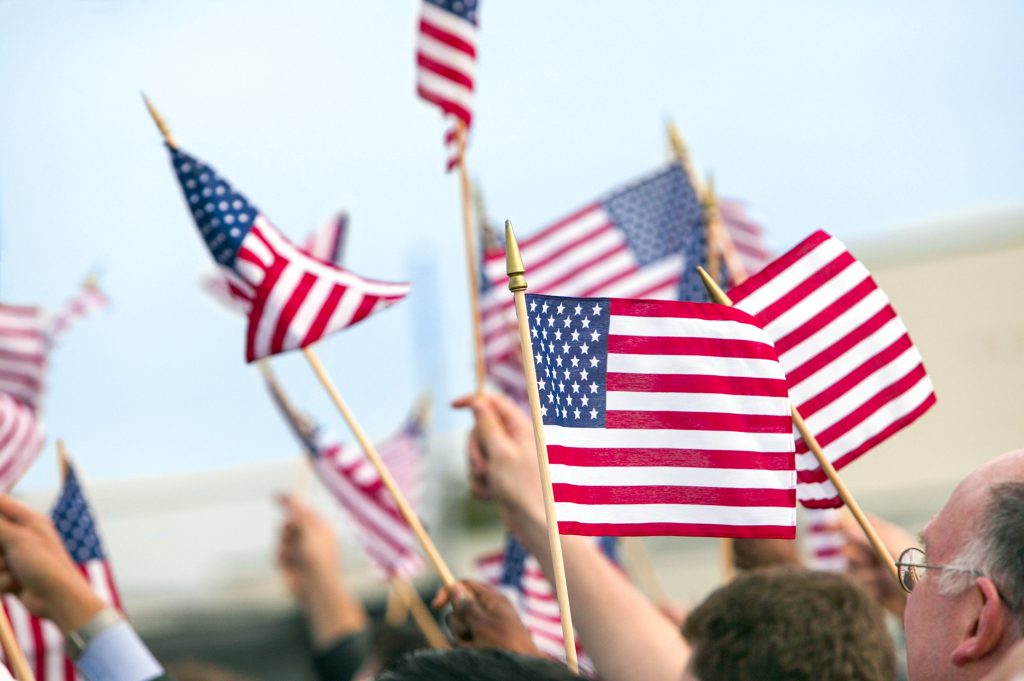
By JF Grodeska
“O say can you see” might be the five most famous words for any American. And while “The Star-Spangled Banner” is considered one of the most challenging songs to sing thanks to its wide-ranging melody, even if you aren’t a vocalist, you certainly know the tune (you’re probably humming it right now).
March 3 marked the 91st anniversary of the adoption of “The Star-Spangled Banner” as the United States’ national anthem, signed into law by President Herbert Hoover. Prior to that it had been the official anthem of the armed forces, as proclaimed by President Woodrow Wilson in 1916.
The writing of the anthem is fairly well-known by anyone who has taken an American history class: Francis Scott Key penned the poem after watching the United States flag at Fort McHenry emerge unscathed from a British bombing siege. But why was Key even in the Baltimore Harbor that fateful night?
In September 1814, Key, a lawyer and amateur poet, visited the HMS Tonnant, an 80-gun Royal Navy ship anchored in Baltimore Harbor, to plead for the release of his elderly friend, Dr. William Beanes. The British authorities had detained Beanes for aiding in the arrest of a group of British soldiers who were pillaging homes after the burning of Washington D.C. in August 1814.
Accompanying Key was Col. John Stuart Skinner, an American agent for prisoners of war.
The HMS Tonnant was participating in the siege of Fort McHenry.
After formalities and dinner with British officers, Key, Skinner and Beanes were allowed to leave the Tonnant and return to their truce ship. However, their ship was not permitted to leave the area as Key and his companions had seen the British plans for the attack on the fort.
It was aboard this American truce ship, tethered to a British ship in Baltimore Harbor, that Francis Scott Key watched in horror as the British bombardment of Fort McHenry commenced. For 25 hours newly designed bomb ships anchored safely out of range of the fort’s guns fired continuously on the fort.
The next morning, fully expecting Fort McHenry to be an unrecognizable mound of smoking rubble, Key was astonished – and delighted – to see the 15-star flag of the United States flying proudly and defiantly over the fort. He was certain of divine intervention and began writing the lyrics to a song about the events he had just witnessed. It was published in a broadside as the “Defense of Fort McHenry” and put to the tune of “To Anacreon in Heaven,” the official song of the Anacreontic Society, an 18th-century gentlemen’s club of amateur musicians in London. John Stafford Smith composed the song.
Key’s words and Smith’s composition became known as “The Star-Spangled Banner.”
The song, which has four stanzas, the last three rarely sung, quickly became regarded as a symbol of patriotism.
From 1776 through the 19th century and well into the 20th century, “Hail Columbia” was the unofficial national anthem of the United States of America.
Throughout the 19th century, “The Star-Spangled Banner” was played at U.S. government events, Fourth of July celebrations, and other patriotic functions. There were petitions to make the song the national anthem. The cartoonist Robert Ripley even played a role in supporting its adoption with his “Believe it or Not” cartoon in 1929: “Believe It or Not, America has no National Anthem.”
In 1930, the Veterans of Foreign Wars began a petition to officially recognize “The Star-Spangled Banner” as the national anthem which amassed 5 million signatures. Congress passed a bill declaring it the national anthem of the United States of America later that year, with the Senate ratifying the bill March 3, 1931. The following day, and 117 years after it was written, Hoover signed the legislation officially adopting “The Star-Spangled Banner” as the national anthem.
The article originally appeared in the March 7 –March 13, 2024 print edition of The Two River Times.














